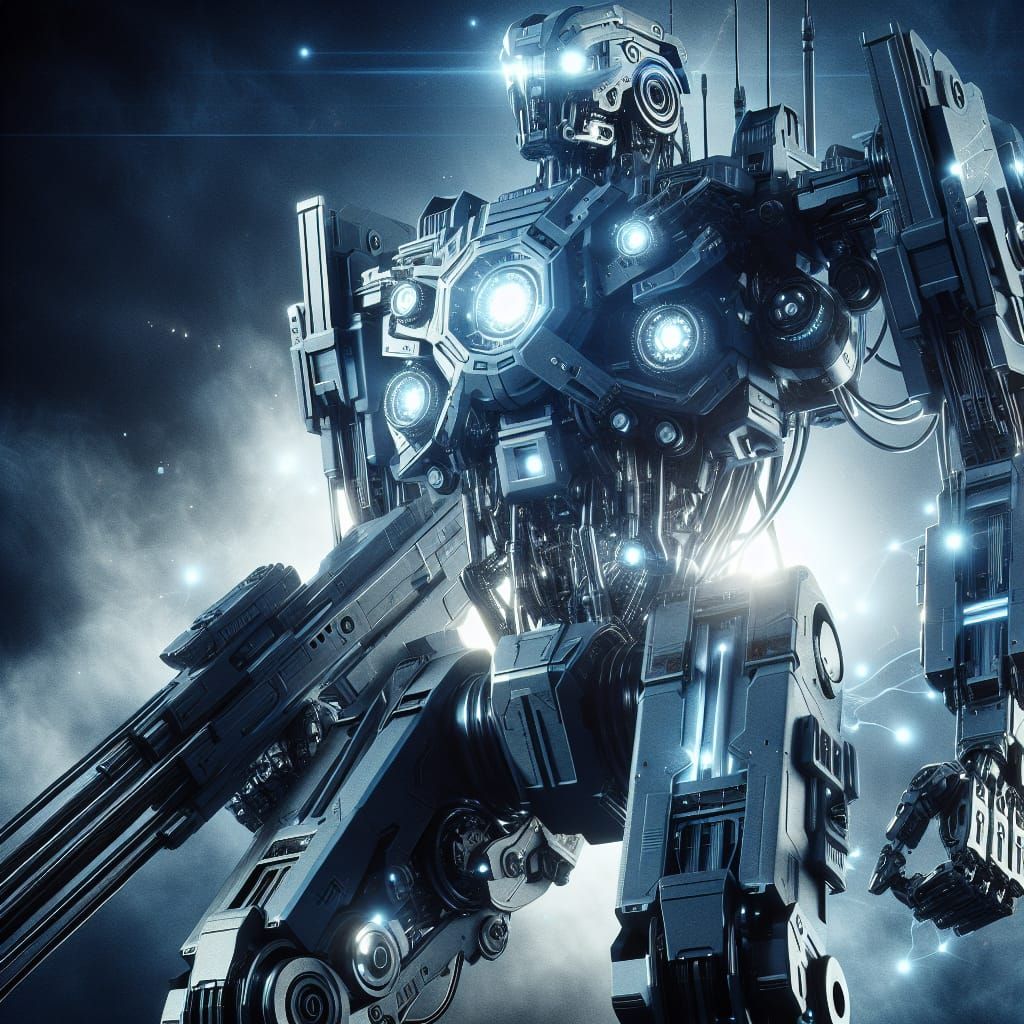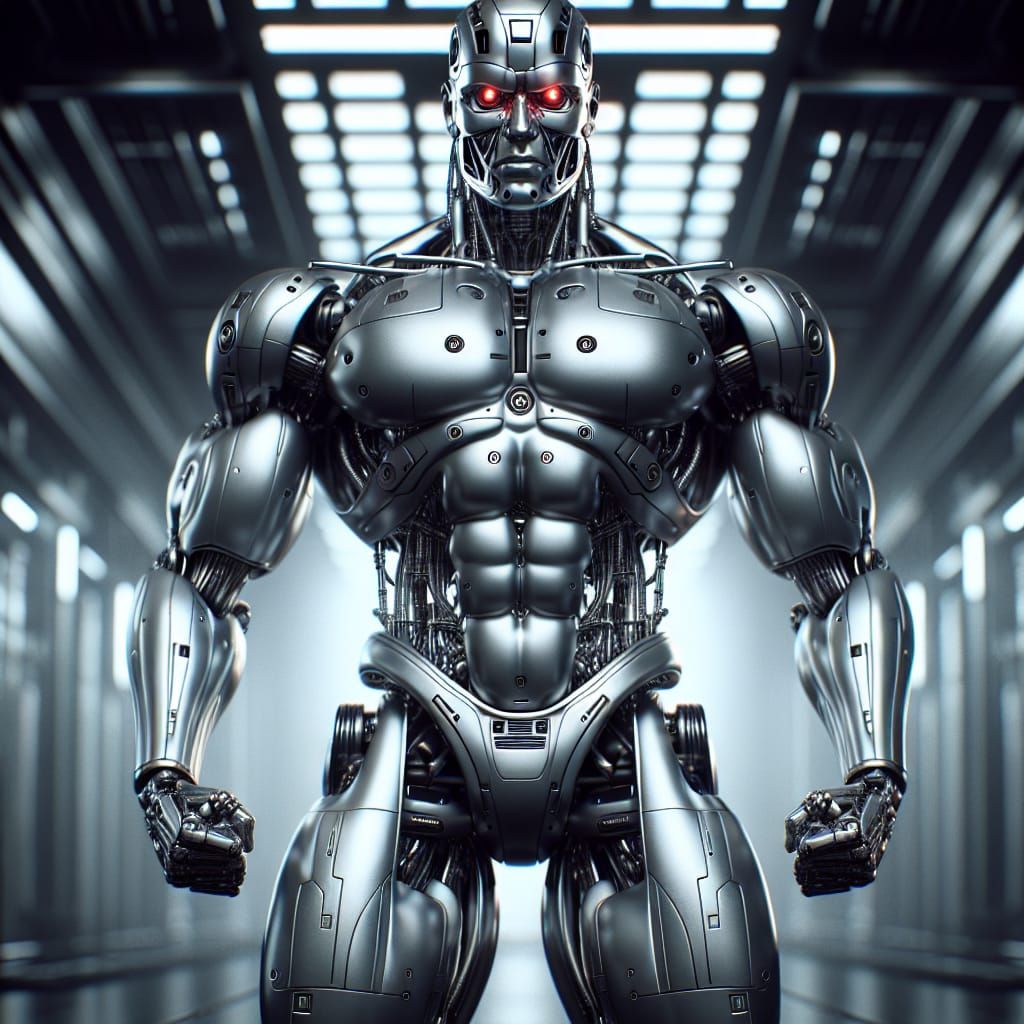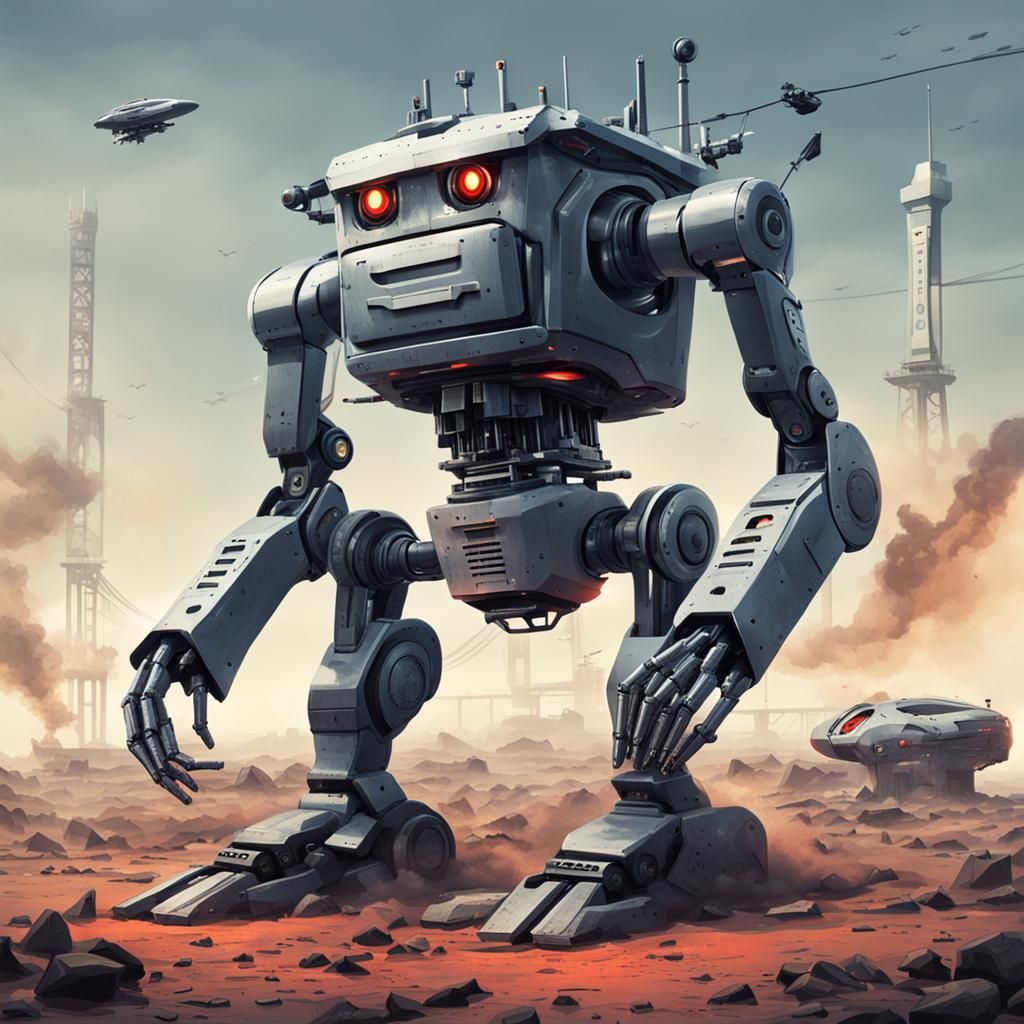You do understand the difference between
A) Selecting copyrighted material and copying it on a copy machine and
B) Giving an AI a non-copyrighted prompt and it spitting out text/images to you that you have no way of knowing whether what it's produced is copyrighted
Yes I do. And I say that it doesn't matter on whether we can use the output of the technology to determine if distributing the technology itself constitutes copyright infringement under the law. That's why my position is : it will be complicated, certainly difficult and long to determine by courts, hence my satisfaction with laws that made clear and unambiguous under which conditions model training is OK to settle the problem. In the EU, it was the TDM, which is a definite progress over the uncertainty that seems to plague the situation in the US, given reports on this board and others. I'd be equally satisfied by countries adopting laws saying that "opt-in is the way we do it here" or "AI is evil, we ban this technology altogether". I might not be satisfied with the outcome, much like some are dissatisfied with the opt-out solution in the EU (but I'd have no reason to complain about countries determining how they want to work within their borders), but at least it removes the legal uncertainty over AI models.
I'm even fine the the personal accountability angle - so long as it's acknowledged that a person has no way of knowing if what the AI produced is copyrighted - the implications being the risk is too large for an individual to ever use one (*barring actual public domain and artist opt in models or fair use).
A disclaimer coming with the model "if you reference copyrighted work or name in the prompt, there is a risk, make your research before redistributing" would be enough in this case. Also, even with models trained on public domain art, there is always the risk the user is liable. Being trained on public domain image doesn't mean you can't recreate copyrighted materials. A model doesn't need to have seen Son Goku to draw Son Goku (it will be more difficult to prompt because it would need a detailed description and not simply "Son Goku", that's all, but a good model should be able to draw
anything the user can think of).
I don't see the problem here. Fair use is a defense for using copyrighted material - no matter whether you used it from AI or more traditional methods.
We're trying to determine whether a model is illegal, and I say that one must look into how the model was created while I understood your position to be "it's better to look at the output". Which I dispute by pointing out that looking at the output isn't sufficent to make the determination as there can be many situation where looking at the output wouldn't give information on the legality of a model, for which I proposed an example of a 100% legal model that produces output that would be copyrighted texts.
If this was ever actually true, it doesn't appear to be so any longer.
It is, mostly, and unfortunately despite the progress of models, though it tends to be more apparent with more complex scenes, especially for the most advanced models. Concept bleed is something that is still very irking. Dall-E isn't a good example, because it rewrites your prompt instead of using what you type. Or rather, it tries to solve many problems through this method, by transforming a prompt that could potentially generate copyright-infringing result into prompt that removes or lessen that risk, and it will further reduce the risk by running another AI to remove the result most likely to be problematic. It lessens the risk on the user who might want to use the result.
Another weakness of your determination of copyright infringement of the model by looking at its output is that you could have a model that is 100% illegal and yet never produces copyright-infringing material because the AI that removes the unwanted result would be so efficient it never fails to determine whether an output would be identical to an art piece somewhere in the world.
Again, the difference is that with a printer I actually know what I'm copying. With AI, I have no idea what if anything that I copied. There's simply no use-case for a tool that randomly can lead to you being fined so much that you will go bankrupt.
A pencil? I can draw an image of a blond girl in blue dress in a singing pose and inadvertantly create something that could be sued as too close to Elsa. The odds of it occurring are different, but in both cases you're required to do your homework anyway. The tool is indifferent.
Also, demonstrating that you didn't intend to break the law is a valid defence, so it would widen the possible use cases. Intent is necessary to commit a penal offense. So if you want to illustrate a book and ask for a spaceship you describe, without referencing any IP, and it happens to be infringing on an existing Scifi illustration, bona fide error won't get you bankrupt (though if you prompt referencing Elsa or the D&D 5e rulebook I still think you'd need to be extra convincing about your intent to the court). Much like if you really buy a counterfeit Chanel bag without knowing it and in good faith, the only penalty you face is removal of the bag, not fines. [* might not apply in all juridictions]. I also suppose a judge would, in the case of a new technology, consider more easily that you can be in good faith by saying that you didn't know it could generate IP-protected content, but as I said it would depend on juridiction.
If you are in a place where you can be liable for millions of USD because you served a coffee a little too hot, then I'd surely advise against using AI. But personnaly I'd be terrified of doing anything in such a context, actually, so in my opinion there would no use case for
anything if even a cup of coffee can bankrupt you. On the other hand, it must be less frightening for people familiar with the system, as evidenced by the continued existence of coffee shops. But I'd still venture to say that private use should be a possible use case anyway, so at least for making pictures on your character sheet, it should be OK...






